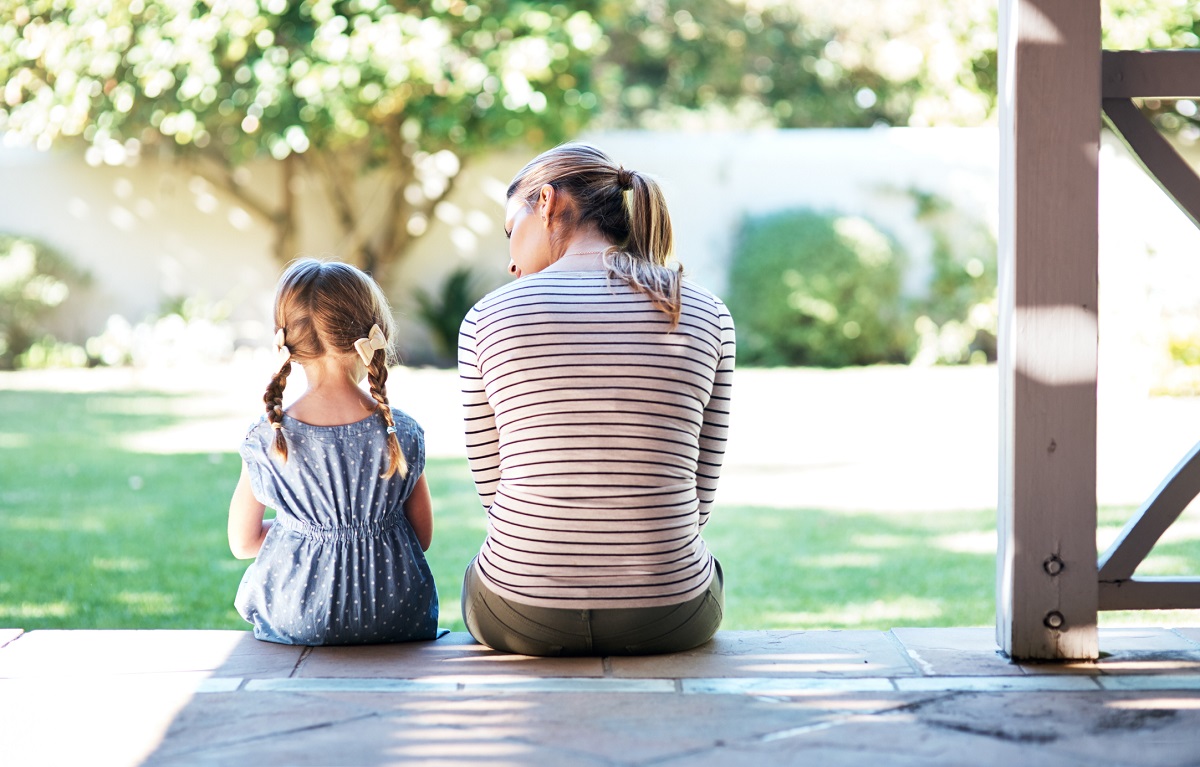The Medical Minute: Talking to your child about school shootings

For a moment, the faces of children beaming from your computer screen warm your heart.
And then, they break it. They are among the 21 victims of the May 24 shooting at Robb Elementary School in Uvalde, Texas. Most were 10 or 11 years old. They don’t look all that different from other kids you may know – maybe even your own – except now they will remain that age always.
Every time there’s an incident of school violence in the U.S., the conversation inevitably turns to how parents and caregivers should speak with their own children. There’s good reason for that, says Ramnarine Boodoo, a child and adolescent psychiatrist at Penn State Health Children’s Hospital. Conversations with children about traumatic incidents should be handled delicately. They should involve listening as well as talking.
“Parents can be proactive,” Boodoo said. They don’t have to wait for their child to approach them, they can and should step in when appropriate. At the same time, parents should be careful not to be too forceful. It is possible to make things worse.
So how do you navigate the tightrope? Boodoo suggests parents use the lessons in the acronym, SAD-OAR.
S – Set the scene
You have to know your child. Where do they feel most comfortable? Maybe it’s their bedroom. Usually, it’s a quiet place, but perhaps it’s a table at a fast-food restaurant.
“Know the child and tailor the discussion accordingly,” Boodoo said.
Think about the child’s background. What’s happened in his or her life? Know about their history of dealing with trauma. Are they victims of abuse? Have they been through anything like this before?
If you don’t know these answers, ask yourself whether you’re the best person to have the discussion with the child. Boodoo suggests reaching out to someone else who might know the child better to ask whether you’re the right person for this conversation.
A ― Ask
Once you’ve found your place, don’t immediately launch into a spiel until you know your child’s mind on the subject. Ask them what they know already. What do they understand about school shootings?
Finding out that mindset keeps you from having to reinvent the wheel, Boodoo said. If they’ve been misinformed, you’ll know. And you’ll from where you must begin your end of the conversation.
You might find that your child has a lot of questions already.
“Patience is key at this point,” Boodoo said.
D ― Discuss
Now you can build on what your child already knows about school shootings. “Don’t be too vague,” Boodoo said, “but don’t be graphic either.”
For example, you don’t have to describe all the innerworkings an AR-15 rifle. Instead, you might say something simple, such as, “There are people out there who have guns who use them to hurt people.”
Once again, how well you know your child comes into play. How you’d speak to a teenager with experience with violence differs from how you might discuss a shooting with a preschooler.
Avoid stereotyping. You might feel compelled to refer to the gunman’s mental health issues. That might create within your child a fear of mental health disorders ― or a stigma about them that could be difficult to overcome, Boodoo said.
O ― Overwhelming (Don’t do it)
Be careful not to overwhelm the child by providing too much information or moving too quickly, Boodoo said. Watch their reaction. Does their conversation trail off? Do they fall silent? Are they becoming upset? It’s time to stop.
Adults should be wary of their own body language and facial expressions. Are they upset, angry or in despair? “If the caregiver comes across as being very overwhelmed by the discussion themselves,” Boodoo said, “it’s going to reinforce to the child this is something that is not going to be handled rationally. It’s something that cannot be dealt with. Be sure that you’ve sent a message verbally and non-verbally.”
A ― Answer questions
They may have many questions, so be ready.
“Dad, how will these people come into the school?” “Mom, what should I do?”
Be honest. If you don’t know the answer to a question, admit it, but always offer to find the answer – and follow up on that offer.
Find out about the school’s action plan, and discuss the active shooter resource “Run, Hide, Fight.”
R – Reassurance
Let the child know they’re safe.
You might not have every answer, but you’re always available.
“Let the child know that no matter what happens, the family is going to be there,” Boodoo said. “And if they want to come back and talk about it some more, let them know that’s OK.”
Related content:
- The Medical Minute: Tips, resources for talking with children about COVID-19
- The Medical Minute: Treatment options for heart failure
The Medical Minute is a weekly health news feature produced by Penn State Health. Articles feature the expertise of faculty, physicians and staff, and are designed to offer timely, relevant health information of interest to a broad audience.
If you're having trouble accessing this content, or would like it in another format, please email Penn State Health Marketing & Communications.
